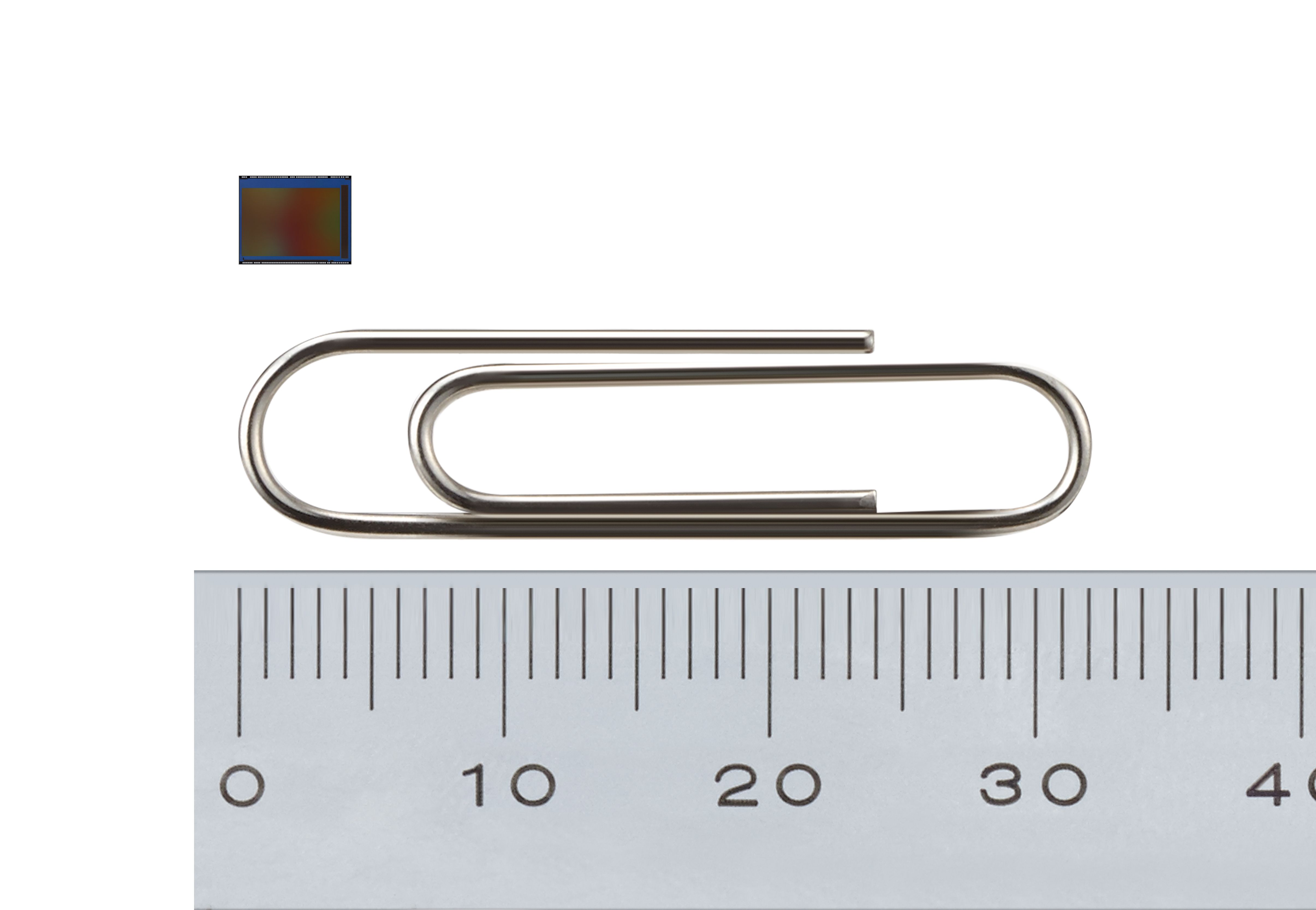It doesn't take a physicist to figure out that the less light a camera sensor can capture, the fewer details the resulting picture will have. And yet, the challenge with mobile photography has always been about miniaturization without excessive compromise — how much light can you pull in an instant from smaller photo sites? Samsung may have developed an answer bright enough to debut: it will have its 43.7MP ISOCELL Slim GH1 sensor on volume production by the end of this year.
It was just a few years ago where smartphone OEMs wanted to emphasize larger pixel sizes — sometimes on the order of 1.25μm — to show that they cared about great photo quality on their products. However, it's been Samsung that's led the trend of pushing 0.8μm pixels into sensors billed to produce 48MP, 64MP, even 108MP images.
The company is now claiming a step forward with the Slim GH1 being the first sensor to feature 0.7μm pixels. The ISOCELL Plus technology is supposed to keep color bleed to a minimum, HDR is meant to allow more colors onto the frame, and pixel-binning is meant to help produce brighter pictures at conventional smartphone camera resolutions. For video, the sensor is able to compress down by 2:1 to shoot with a frame of 3984 x 2740, giving some room for software-stabilized 4K footage at up to 60 frames per second with Super Phase Detect autofocus.
We've seen plenty of budget and mid-range phones carry 48MP sensors. We're not exactly sure how this will price out for OEMs, but it'll be interesting to see which devices will take on the GH1 and what optical magic the sensor can put out when it goes commercial next year.
Source: Samsung

